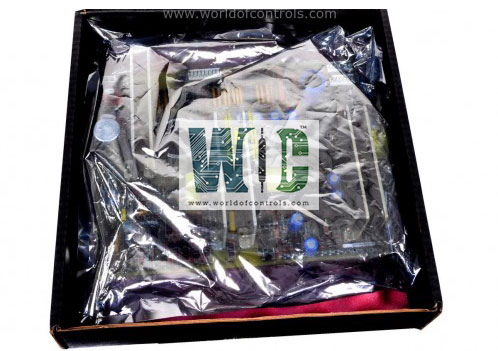
World Of Controls understands the criticality of your requirement and works towards reducing the lead time as much as possible.
IS200DTBAH2A - Contact Input Termination Module is available in stock which ships the same day.
IS200DTBAH2A - Contact Input Termination Module comes in UNUSED as well as REBUILT condition.
To avail our best deals for IS200DTBAH2A - Contact Input Termination Module, contact us and we will get back to you within 24 hours.
SPECIFICATIONS:
Part Number: IS200DTBAH2A
Manufacturer: General Electric
Series: Mark VIe
Product Type: Contact Input Termination Module
Number of inputs: 6
Number of outputs: 2
Technology: Surface Mount
Analog output current: 0-20 mA
Operating temperature: -30 to 65°C
Size: 23.8 cm high x 8.6 cm wide
Repair: 3-7 Day
Availability: In Stock
Weight: 2lbs
Country of Origin: United States
Manual: GEH-6153
FUNCTIONAL DESCRIPTION:
IS200DTBAH2A is a Contact Input Termination Module manufactured and designed by General Electric as part of the Mark VIe Series used in GE Distributed Control Systems. Q11, Q21, and Q51 are where you'll find the Contact Input Termination Module (DTBA). Within the same digital core, DTBA links the first 46 contact inputs to TCDA. For failsafe contact input functionality, the inputs in the TCDA IO Configuration can be set up to invert the contact sensation. The TB2 terminal board allows for either 125 V dc from the PD core or 24 V dc from the P core to be used as the excitation voltage for contact inputs (DTBA and DTBB terminal boards in the digital cores). The preferred contact input excitation choice is implemented at the manufacturing.
CONTACT INPUTS:
Jumpers on the DTBA and DTBB terminal boards can be used to isolate field grounds by cutting off the interrogation voltage. In groups of eight contact inputs, they are connected. Only while the turbine is not in operation should these jumpers be replaced. The TCDA board, which is in Location 1 of the digital I/O core, optically isolates each contact input.
FEATURES:
WOC has the largest stock of GE Distributed Control System Replacement Parts. We can also repair your faulty boards. WORLD OF CONTROLS can also supply unused and rebuilt backed-up with a warranty. Our team of experts is available round the clock to support your OEM needs. Our team of experts at WOC is happy to assist you with any of your automation requirements. For pricing and availability on any parts and repairs, kindly get in touch with our team by phone or email.
Where is the module located within the system?
The module is specifically located at Q11, Q21, and Q51 within the GE Mark VIe system.
What is the role of components in the system?
It serves as a link between the first 46 contact inputs and the TCDA module, enabling seamless communication and integration between different components of the control system.
Does the board provide failsafe contact input functionality?
Yes, the board provides failsafe contact input functionality. The inputs configured in the TCDA IO Configuration can be set up to invert the contact sensation, ensuring appropriate system response in the event of a contact failure or abnormal condition.